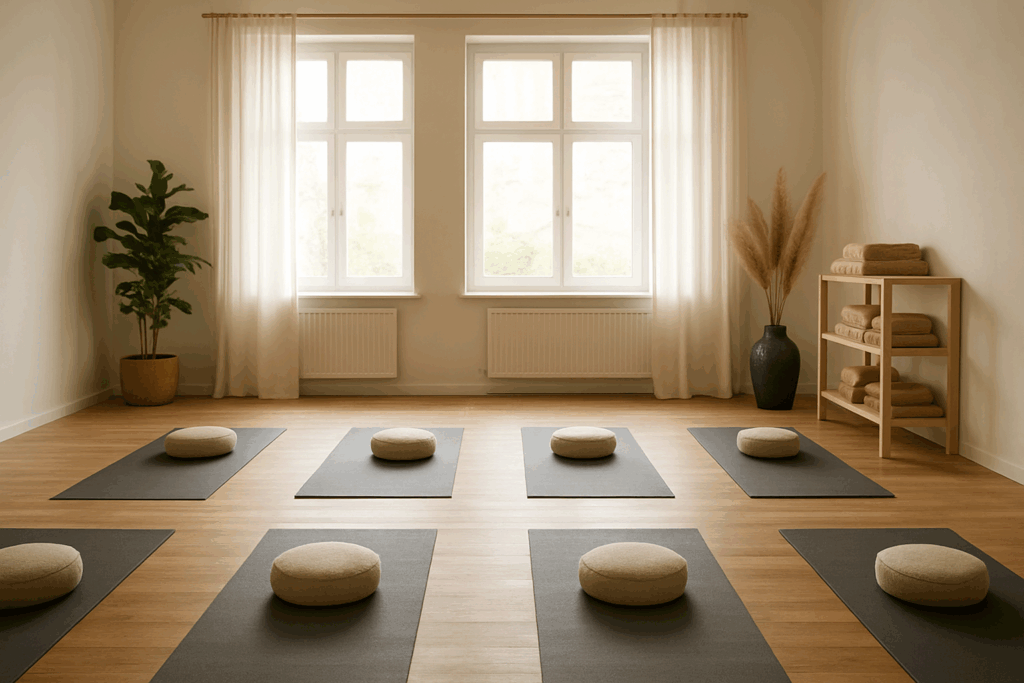How Parkinson’s Medications Affect You: A Closer Look with Compassion
Parkinson’s disease is a journey that changes lives—not just for those who live with it, but for everyone who cares about them. It’s a progressive condition that affects movement, and it requires ongoing management with medications that aim to improve quality of life. One of the most common and effective treatments is L-Dopa (Levodopa), which works by increasing dopamine levels in the brain. While this medication can significantly reduce the tremors, stiffness, and slowness associated with Parkinson’s, it’s not without its side effects. For many, the side effects can be just as challenging to navigate as the disease itself.
The Promise of L-Dopa
L-Dopa has long been a life-changer for people with Parkinson’s disease. When dopamine-producing neurons in the brain begin to deteriorate, it results in symptoms that can make simple movements feel like insurmountable challenges. L-Dopa provides a lifeline by crossing the blood-brain barrier and being converted into dopamine, helping to restore some of the movement abilities that Parkinson’s has taken away.
Imagine being able to hold a spoon steady to eat again or take a walk without feeling like you’re fighting your own body. For many patients, L-Dopa offers these moments of normalcy. It helps people connect with their loved ones in a way that would be impossible without it. But, like all treatments, L-Dopa isn’t perfect. The very medication that brings hope also comes with its own set of challenges.
The Ups and Downs of Treatment
One of the first things people with Parkinson’s often notice is how their bodies respond to the drug, especially after taking it for a while. Initially, L-Dopa can work wonders, allowing people to move more freely and feel a sense of relief. But over time, the effects can become unpredictable.
Motor Complications
The wearing-off phenomenon is one of the most frustrating side effects. Imagine feeling the hope that comes with movement and then, without warning, finding that your body isn’t responding as well again before your next dose. It can feel like a cruel reminder of the relentless progression of Parkinson’s. There’s also the “on-off” phenomenon, where people experience sudden transitions between feeling capable and feeling as though they are trapped in their own bodies—moments of paralysis followed by fleeting freedom.
Dyskinesia, the involuntary jerking or twisting movements, is another side effect that often occurs with long-term L-Dopa use. While it might seem like a minor issue at first, it can affect daily life in profound ways. Simple tasks become harder when your body moves unpredictably, and it can feel as though you’re no longer in control.
Cognitive and Emotional Changes
While L-Dopa helps improve physical movement, it can also affect mental and emotional well-being. Some people experience confusion, hallucinations, or vivid dreams that make it difficult to feel grounded. These cognitive changes can be disorienting, especially for someone who once had a sharp memory or a clear sense of reality.
Moreover, L-Dopa doesn’t just affect how people move—it can also alter their mood. Anxiety, depression, and irritability can become frequent companions. And for some, there are issues with impulse control, where behaviors like compulsive gambling or overeating take root, seemingly out of nowhere. These side effects can be difficult to understand for those who don’t experience them, adding another layer of complexity to the already difficult journey of living with Parkinson’s.
Physical Strain: A Body in Motion, Yet Not Always In Control
Beyond the cognitive and motor challenges, L-Dopa can also cause physical discomfort. Nausea and vomiting, especially when the medication is first introduced or adjusted, can make it difficult to feel good about the process of treatment. The loss of appetite, or the discomfort of not being able to keep food down, only adds to the struggle. And then there’s the swelling, often in the legs and feet, a reminder that the medication is affecting the body in ways that might not always be visible.
Perhaps the most concerning physical side effect for many is the drop in blood pressure that can occur when standing up, known as orthostatic hypotension. This can lead to dizziness, and sometimes fainting, increasing the risk of falls and injuries, which are especially dangerous for those already dealing with a movement disorder.
The Emotional Toll
Living with Parkinson’s isn’t just about managing physical symptoms—it’s about managing the emotional journey that comes with it. The ups and downs of medication, the unpredictability of the disease’s progression, and the emotional weight of knowing that things might get harder before they get easier can leave patients feeling vulnerable and exhausted.
While L-Dopa offers relief and hope, it also brings its own emotional burden. The mental fatigue of dealing with dyskinesia, hallucinations, or the fear of what’s next can leave a person feeling isolated, even in a room full of people. The joy of regained movement is often tempered by the underlying knowledge that these moments might not last forever.
Coping and Moving Forward
Despite the challenges, it’s important to remember that patients are not alone in this journey. Doctors, caregivers, and support networks all play critical roles in managing the side effects of Parkinson’s medications. Adjusting dosages, introducing additional medications, and making lifestyle changes can help mitigate some of the impact of side effects.
For those living with Parkinson’s, the key is to take one day at a time. Treatments like L-Dopa can bring relief, but they also require patience and understanding—of both the body and the mind. While there is no cure yet for Parkinson’s, the combination of medical advancements and personal resilience continues to offer hope.
Conclusion
Parkinson’s disease is a complex condition, and the medications used to treat it, like L-Dopa, reflect that complexity. They offer moments of freedom, of movement, of life. But they also come with side effects that can test the patience and strength of even the most determined individuals. If you or someone you love is living with Parkinson’s, know that while the road may be challenging, each day is an opportunity to find new ways to live, love, and thrive in the face of adversity. Understanding the emotional and physical toll of medications—and being compassionate toward yourself or your loved ones—is just as important as managing the disease itself.
Footnote:
For a deeper exploration of complementary approaches to managing Parkinson’s disease, including Ayurveda and Yoga, consider reading A Better Life with Parkinson’s: Through Ayurveda & Yoga by Raja Ray. Drawing from his extensive experience in both Indian and German medical settings, the author offers practical exercises, personal stories, and holistic strategies to enhance quality of life. Available on Amazon Germany.





